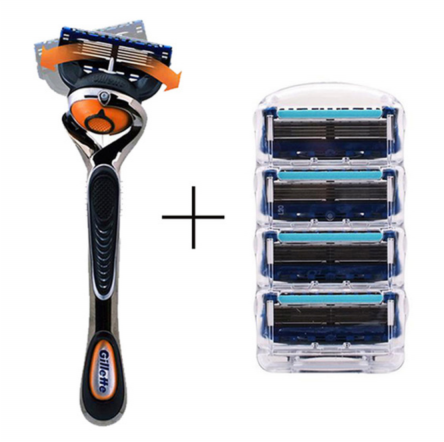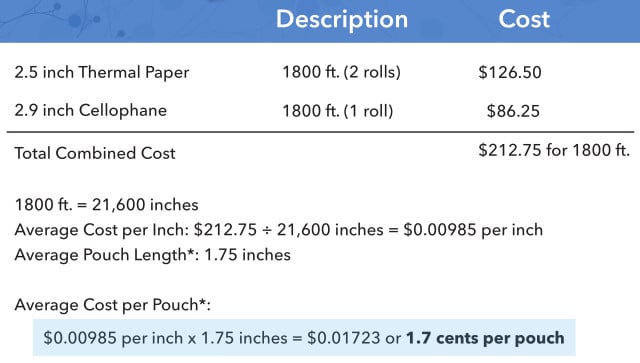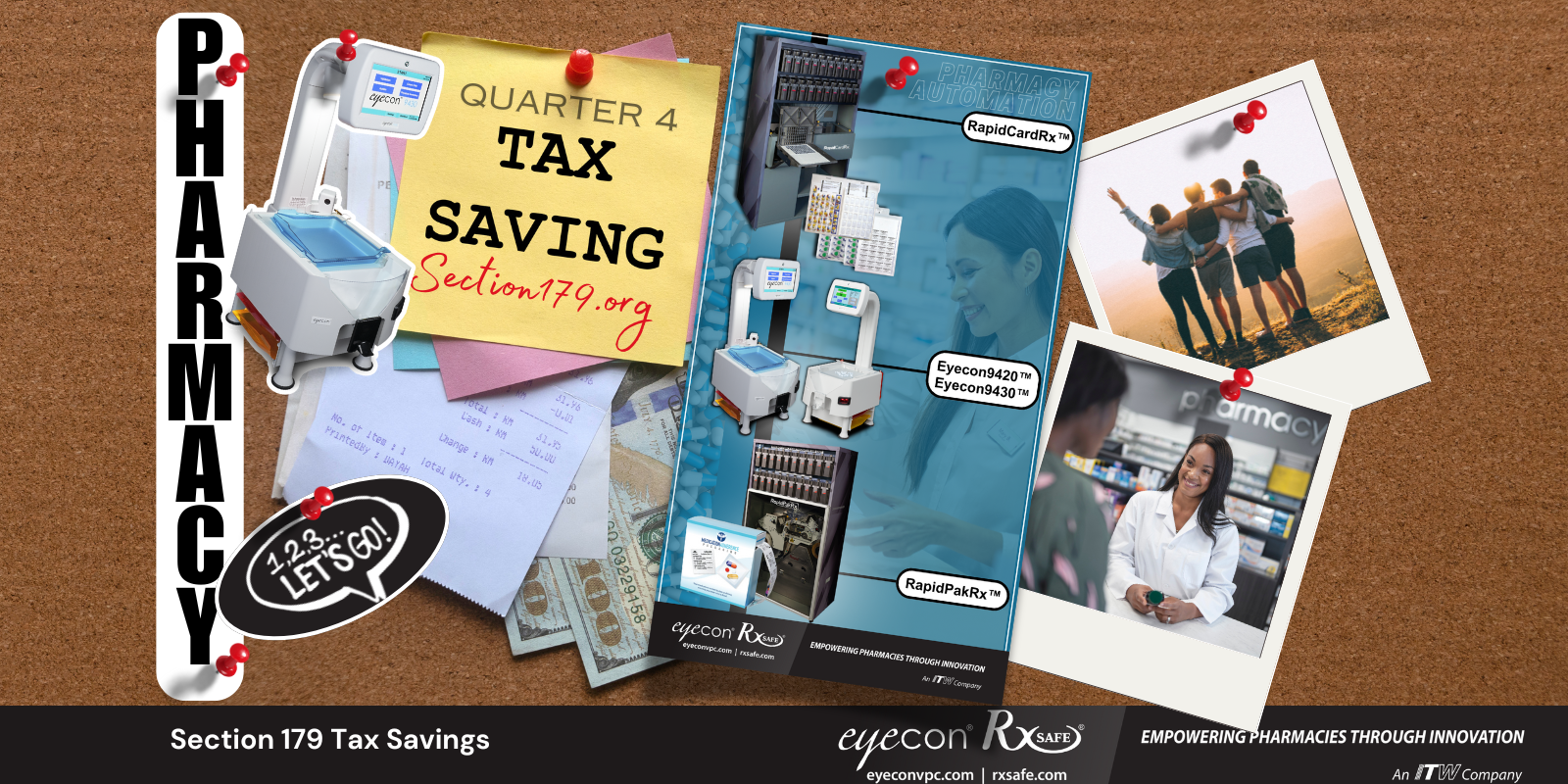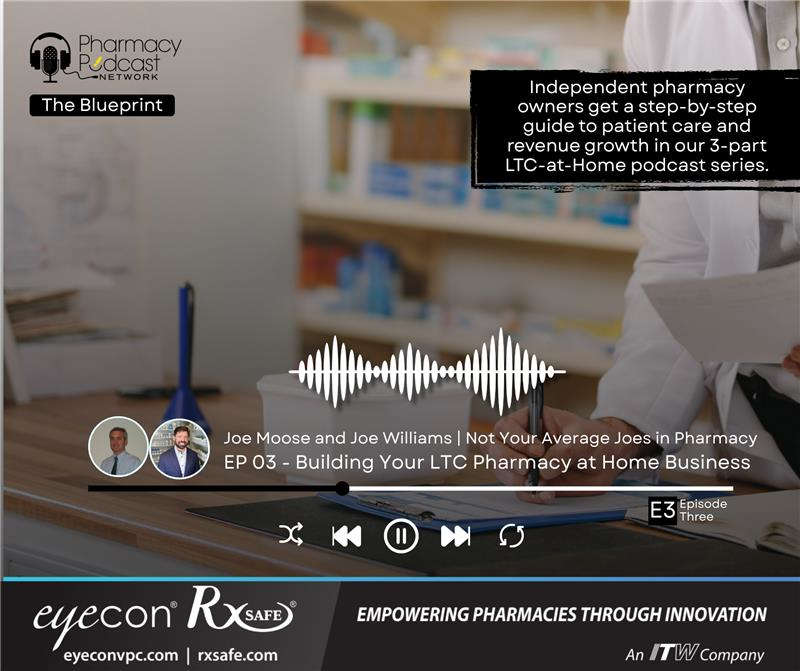As a retail pharmacy owner, you probably understand the concept of razors and blades.
Gillette famously came up with the genius marketing ploy of giving away razors and making a fortune selling replacement blades. The blades were the “consumable” -- and by far the most lucrative -- part of the shaving equipment. Blades always wear out, so they need to be replaced, basically forever.
Over the years, other industries have copied this idea with great success. Remember AOL shipping literally millions of CDs to get help Americans get online? The discs (and the first month) were free, but once you were hooked on the Internet, the monthly fee was $20. In the 2000s, Google gave away $100 in “free” AdWords coupons to businesses hungry for new customers. Once that money was spent, the average Google advertiser burned through $30 a day or more. Under these models, the subscription is the “consumable.”
Today, Gillette is still at it. Of course, its current models such as the Gillette Fusion have multi-blade cartridges that cost $3-$4 apiece, which one industry insider claimed is a markup of up to 4,750 percent!

Consumables are the key
When it comes to adherence, consumables are all over the map. A lot depends on which type of adherence approach you take. The two most popular options are blister cards and strip packaging.
Certainly the most expensive option -- from a consumables and labor perspective -- is multi-med blister cards, sometimes called bingo cards or blister packs. Blister cards, with their large size and rectangular bulk, as well as aluminum, cellophane, paper and hard plastic elements, use more raw materials than pouches. Multi-dose cards are especially unwieldy, and it typically takes 4 or more blister cards for a single month’s worth of prescriptions. And if those cards are single-dose, it’s one card per med, per month (10 meds = 10 cards).
Multi-dose pouches, on the other hand, are cheaper to produce from a consumables and labor standpoint. Because of their smaller size, they’re also more portable. One month of prescription pouches, packaged in a strip, can easily be rolled up into a square box that’s smaller than a typical box of cereal.
Warning: not all strips are the same
With strip packagers, such as the RapidPakRx™, you may have a difficult time calculating the cost of all the different elements -- paper, cellophane, ink, boxes, etc. -- to arrive at a final cost per pouch, or per completed box (i.e. one month’s supply) of packaged medications.
Relax, we’ve done it for you. (By the way, you can head over to our “Dare to Compare” page for a complete, side-by-side comparison of RapidPakRx vs. the other guys.
For the consumables piece, we’ve broken it down for you below.
Essentially, the average cost for pouches produced by the RapidPakRx is about a penny-and-a-half per pouch. That means 30 days of meds, plus the box to hold them, totals $2.04. You read that right. By comparison, our competitors’ consumable cost can be multiples of that.
Industry’s only automatic, dynamic, variable pouch length packager
How do we do it? Simple. RxSafe has the industry’s only strip packaging solution that uses automatic, dynamic, variable pouch length. That means, if your patient’s morning dose has 7 pills, our pouch automatically “grows” in size to accommodate those pills. But what if the lunchtime med pass is just one pill? You guessed it. The RapidPakRx pouch “shrinks” to fit just that one pill. If the patient’s evening dose has six meds, the pouch created is just big enough to accommodate those six pills. The patient has just one pouch for morning, midday and evening: three pouches total. Variable packaging means less wasted paper, smaller boxes, and happier patients.
On the other hand, for example, let’s say you’re using a competitor’s strip packager, where every pouch is exactly the same size, and pouches are limited to five NDCs each. In the scenario above, our patient would need two or more pouches for that morning med pass. The midday dose would have the same, larger pouch for just the one pill. And the evening med pass could require two pouches. This is not only wasteful (up to six pouches for one day) but it’s confusing for patients: (“Okay Grandma, remember: that’s three pouches in the morning, one pouch at lunch and then two pouches after dinner. Got it?”).
Since the competitor’s system in the example above could require up to six pouches per day and the RapidPakRx only needs three pouches, then the completed job would have 180 pouches vs. our 90 pouches. Oh, and 180 pouches are likely not going to fit in one box. (So, add the cost of filling and labeling another box.) And since some of our pouches are smaller, that’s less than half the paper used. In summary, that’s more than two times the paper cost, two times the ink, two times the production run time, and two times the inspection requirement.
If you consider the fact that the RapidPakRx also has no extra cost for ink, since the paper is thermally printed, you can easily see why RapidPakRx has the lowest daily operating costs in the industry. (Be advised: if you purchase a strip packager that uses ink ribbons, the used ribbons will contain PHI, which must be safely disposed of to avoid HIPAA violations.) Thermal printing avoids this problem.
To learn more about the costs of owning and operating a strip packaging system, visit our RapidPakRx page or call 877-797-2332 today to speak to an automation expert.
*Real-world length average is determined by a combination of the minimum print space required based on data elements needed on the pouch, and the average volume of oral solids per pouch.



.png)






